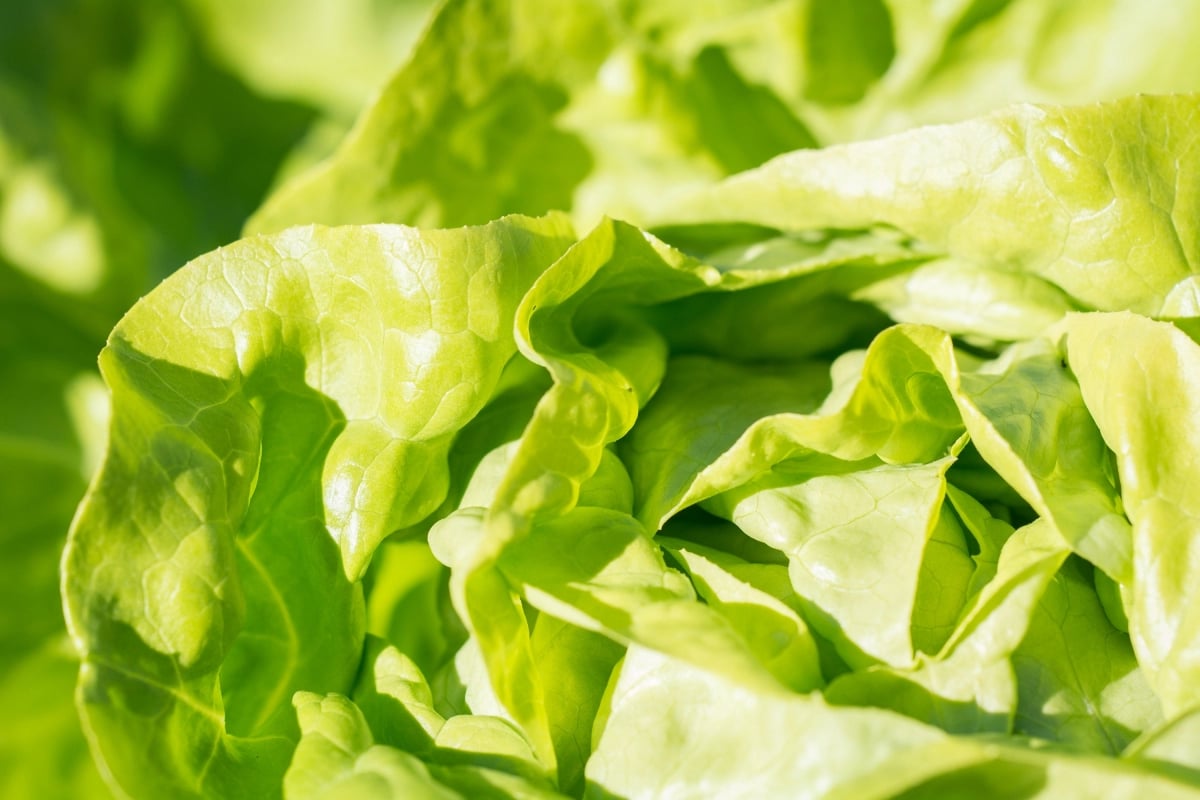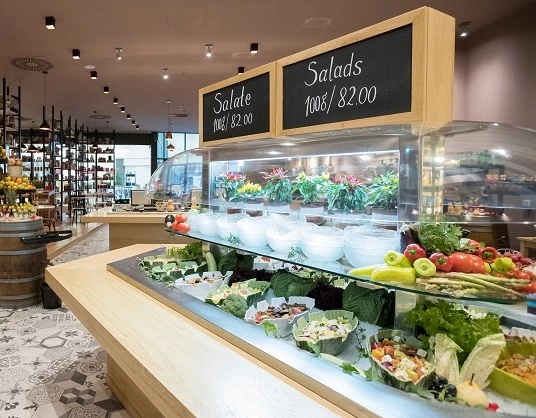Salad lovers rejoice! The Center for Disease Control (CDC) has
recently declared that the romaine lettuce E.coli outbreak of late 2018 is finally over. The outbreak lasted nearly two months between October and December, affecting dozens of people and hospitalizing at least 25, becoming worldwide news in the process and the subject of many watercooler conversations because of the extremely large scale of the outbreak and the recalls that followed. Even though the outbreak is finally over, the question of why romaine lettuce is so commonly recalled is still on the minds of many people.
The culprit: E.coli 0157:H7
Romaine lettuce outbreaks have become common in recent years, with a smaller outbreak and recall taking place through late 2017 into early 2018, and major events taking place in 2010 and 2011. The culprit of most of these outbreaks, E.coli 0157:H7, seems to favour romaine lettuce over all other types of leafy greens. This strain of E.coli is known as one of the worst types, often leading to serious conditions including acute hemorrhagic diarrhea and abdominal cramps that can last for up to 10 days, and in some cases can be lethal. Unfortunately, the process of growing and distributing romaine products leaves plenty of opportunity for your food to become contaminated before it gets to your table.
How romaine lettuce becomes contaminated
There are a variety of ways that romaine lettuce becomes contaminated, with the most common problem being cross-contamination. This often happens when contaminants (usually byproducts from animal production facilities) make their way into the sediment and water of the farmland it’s being grown on, then being irrigated onto crops over a period of 40-80 days, and harvested without farmers or production facilities being aware that their product has been polluted.
Workers handling romaine lettuce with contaminated hands is another point of entry for harmful bacteria like E.coli 0157. In rare instances, contamination can come from wild animals freely making their way through fields, birds flying above crops, and from other natural sources that are difficult to prevent or identify in most cases. With lettuce and other leafy greens usually being served raw, there’s little to no chance for consumers to kill bacteria like E.coli 0157 before eating it.
Why is it so hard to prevent these outbreaks?
Though many people make sure to wash their produce before eating it, this is an ineffective way of killing or removing E.coli 0157 bacteria. In some cases, washing contaminated lettuce can actually spread the bacteria around, making the problem worse. Even pre-packaged salads and other products containing romaine lettuce are not washed thoroughly enough to remove bacteria, instead they worsen the problem and give foodborne bacteria the opportunity to multiply and spread the contamination to other parts of the product.
Problems like being unable to simply wash away dangerous bacteria like E.coli 0157 have led to romaine lettuce outbreaks becoming more common, and have made it very difficult to prevent them. Some studies have shown that E.coli 0157 and leafy greens may have a pathogen-vegetable interaction, meaning that the bacteria has adapted to living and thriving on leafy greens.
While the most recent outbreak may finally be over, there will surely be others in the future. There’s no catch-all way to kill foodborne bacteria, and because lettuce usually isn’t cooked before serving, it’s in the best interests of North American consumers to stay up-to-date on the latest food recalls and warnings, and to dispose of any food they fear may be contaminated.



